Aside from Bamako and Timbuktu in Mali, there are major things about Mali you need to know. Although, these two cities are the heart-crocs of the country and its history. Ride with us as we reveal some of the major things about the West African country.
Introduction
The Republic of Mali is a landlocked country located in the West African region of Africa. The country shares its northern border with Algeria and its eastern border with Niger. Its northwestern border is shared with Mauritania and its southern border with Burkina Faso and Ivory Coast on its Western border. Mali also has its western border shared with Guinea and Senegal.
Moreover, Mali is the 8th largest country on the continent. It has an area of over 1,241,238 kilometers squares. The population is over 21 million people. The country’s capital is Bamako. There are 12 local official languages in Mali, Bambara language is the most common one.
Furthermore, Mali’s major natural resources are gold and salt. Its economy is majorly benefitted from Agriculture and mining.
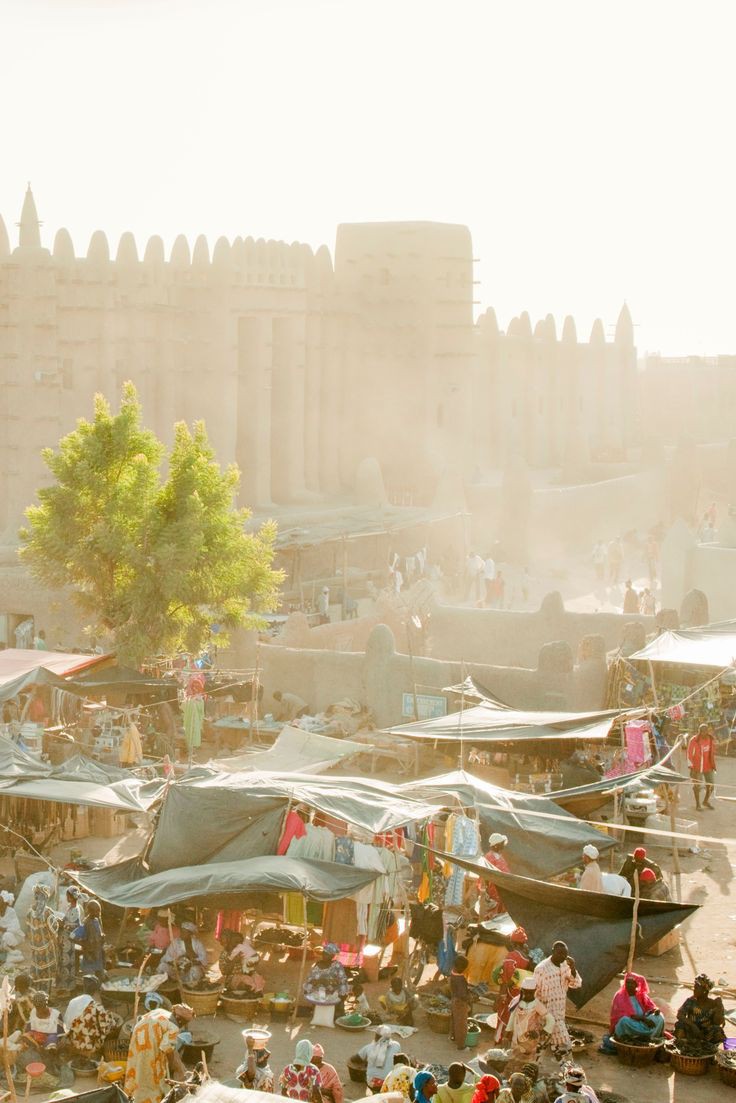
Here Are 18 Interesting Things About Mali
Mali Empire
King Sundiata Keita established the Mali Empire. For 4 centuries, the Mali Empire was scattered across the African continent.
Furthermore, the Mali Empire brought unity among various Malinke Kingdoms beside the Upper Niger River. The Empire was strongly and watertight secured by the imperial army.
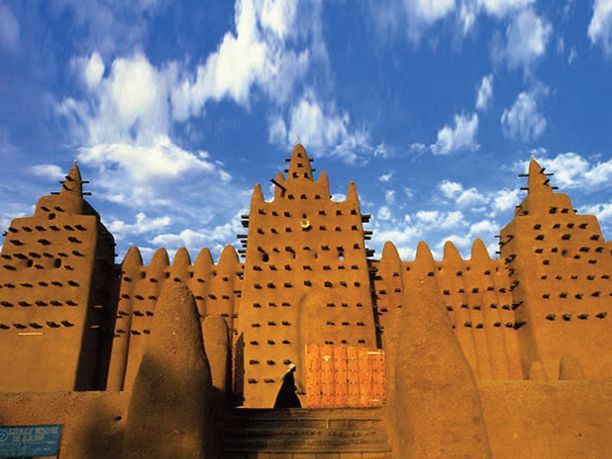
In addition, the Mali Empire was home to the Timbuktu city, a city grounded with Islamic knowledge. In 1325, Under Mansa Musa’s rule, Mali became the center of trade and commerce for the continent.
Mansa Musa gifted out all his gold on a holy pilgrimage to Mecca. This further helped to spread the affluence and wealth of the empire to the world.
World’s Largest Mudbrick building
The Great Mosque of Djenné is the biggest mud brick building in the world. The mosque is also the finest Sudano-Sahelian architecture on the globe.
It was built in 1907, but a day is set aside yearly for the reconstruction of the walls with mud. The festival day is called Crépissage, which means plastering.
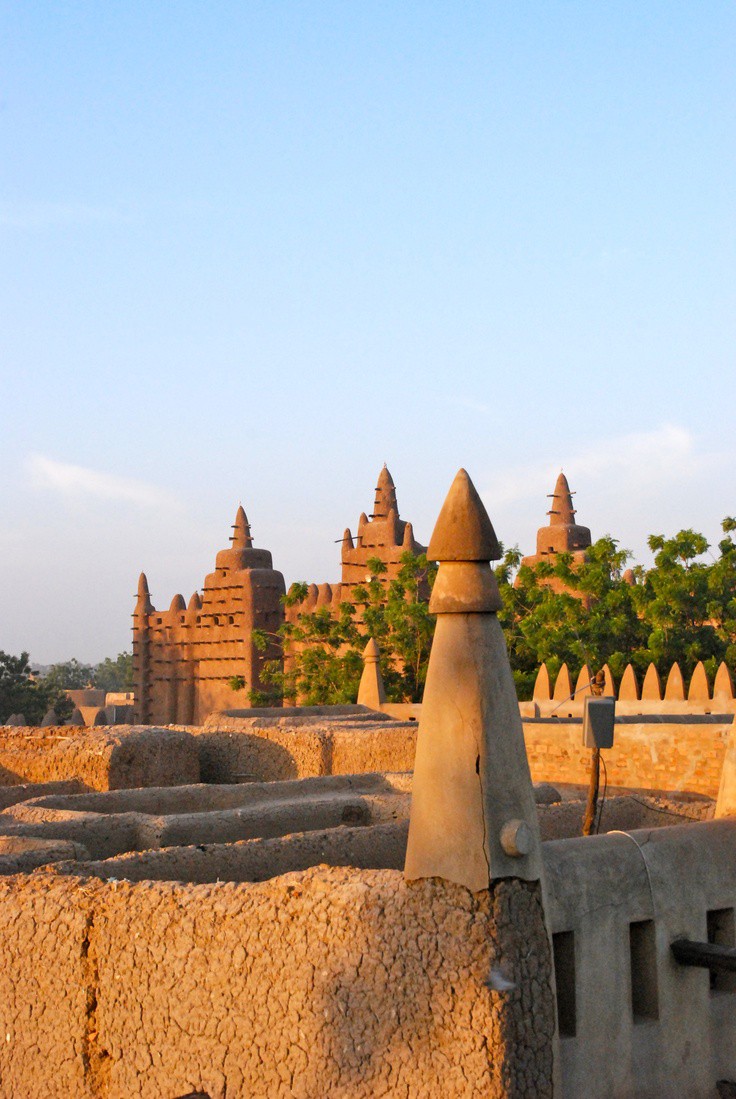
On the festival day, people converge at the mosque to reconstruct the walls. That is no small feat, keeping in mind that the mosque can contain over 3000 people at a go.
Furthermore, the mosque is 20 meters tall. The walls and roof of the building relies on a 90 latticed columns. This helps in cooling the building during heat.
African Woodstock
The Festival au Désert is an annual concert that displays the traditional Tuareg music. The festival started in 2001 and it is mostly recognized as ‘African Woodstock’.
The inaugural edition went down in Tin Essako, followed by the sophomore edition in Tessalit, and the remaining ones have been lived in Essakane and Timbuktu concurrently.
However, the concert hasn’t taken place for a few years as a result of the insecurity issue presently in the country. As the festival is on hold at the moment, you can watch the documentaries about it.
Le Festival au Désert (2004), The Last Song Before The War (2013), The album Festival au Désert Live from Timbuktu (2013), etc. are among some of the documentaries of the festival you can watch to get a glimpse of the feeling about it.
Mansa Musa
Malian Mansa Musa was the richest man ever and the wealthiest of all time. He became the first king to rule the Mali Empire in the late 12th century.
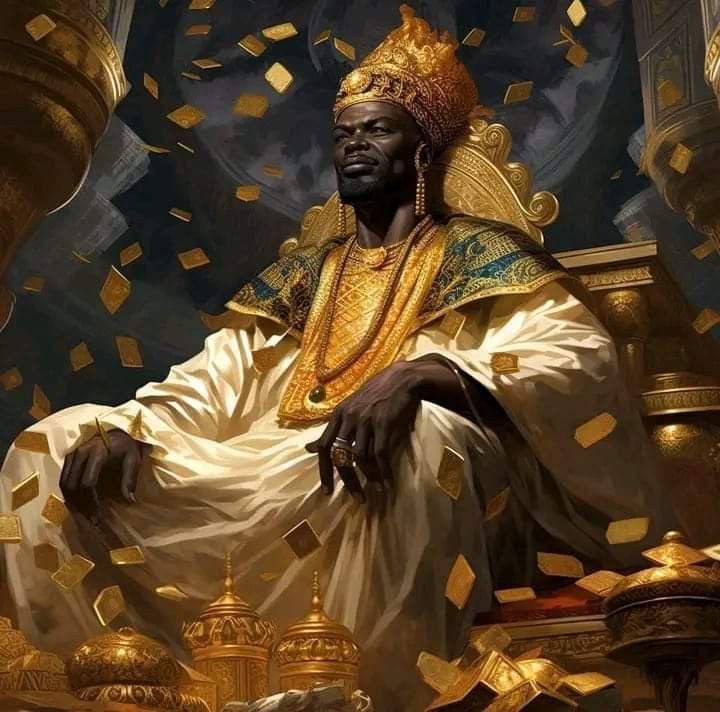
Mansa Musa had about $400 billion in today’s money, i.e., almost twice the wealth of Bernard Arnault, the world’s richest person today. He got his wealth from the nation’s gold deposits. Moreover, Mali was responsible for half of the world gold supply at a point.
Furthermore, he built hundreds of mosques all over the African continent and the mosques are still in good shape as of today.
Unfortunately, Mali is one of the poorest countries in the world today.
Tomb Of Askia
The tomb was built by Askia Mohammed, the ruler of the Songhai Empire in 1495. The tomb is a testament to the riches in gold and salt Mali had in abundance during the 15th and 16th centuries.
Furthermore, the tomb is a befitting example of the great tradition of mud-buildings in West Africa.

In addition, the complex such as the mosque cemetery, pyramidal tomb, open-air assembly ground, and the two flat-roofed mosque buildings, was erected when Gao assumed the capital of the empire. It was also after Askia Mohammed had just gotten back from Mecca and pronounced the Islamic region the religion of the empire.
Mali Controlled The Tran-Sahara Trade With Other 3 Empires.
Mali was among the three West African Empires that oversaw and controlled the trade of gold, slaves, salt and other items in the region. As a result, Mali did not have strict border rules or conservative ethnic identities.
Firstly, it was the Wagudu Empire, popularly known as the Ghana Empire, that dominated the trade. Ghana Soninke’s people extended across the region from the 8th century to early 10th century, when the Almoravids overcame it.
Then came the Mali Empire during the 14th century. The Mali Empire was twice the size of Francce and eventually replaced by the Songhai Empire.
It Has A Young Population
Mali is one of the African countries that has a young population. As of 2017, 67% of its population is below the age of 25. There are over 20 million people in Mali, and has a median age of 14 years. Furthermore, the Malian population is mainly rural.
As of 2007, close to half of the population were below the age of 12 years and 49% of the population is between age 15 and 64 years.
It Has The Prime Meridian Marker
Mali has the prime meridian marker. The line of the equator passes through Gao, which divides the Eastern and Western hemispheres. In this position, you can have one foot in the eastern hemisphere and the other foot in the western hemisphere.
It Has Numerous Salt Mines
There are boundless salt mines in Mali. The oldest of the mines is the Taoudenni, situated in the desert of Northern Mali. Taoudenni salt is mined by hand and it is from the old salt lake, which is divided into slabs, as they are moved to Timbuktu by truck or camel.
Another salt mining centre in the country is Taghaza. It is located 93 miles from the northwest of Taoudenni.
Djinguereber Mosque
Djinguereber is a famous and acclaimed Islamic learning center in Mali. It was erected in the 13th century.
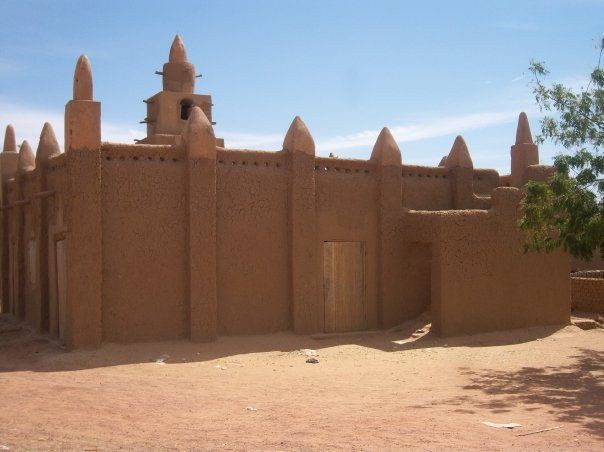
Djinguereber was mapped out and designed by Abu Saheli. Saheli was paid 441 lb of gold by the richest man ever, Mansa Musa.
Furthermore, the mosque is one of the Islamic learning centers in the Timbuktu University. The mosque is one of the many madrassas of Timbuktu University. It also attained the status of World Heritage Site in 1988.
It Has 12 National Languages
Aside from French and Bambra, Mali has 12 official national languages. These languages include Mamara Senoufo, Tieyaxo Bozo, Bomu, Maasina Fulfulde, and Soninke. These languages are spoken by major ethnic groups in the country.
However, over 75% of the country speaks Bambara. It is recognized as the local official language in the country. It is the local lingua franca in Mali.
Mali Is One Of The World’s Poorest Nations
Despite its riches and affluence in gold, Mali still remains one of the poorest countries in the world. Furthermore, While Mali is one of the major countries that supply gold on the African continent, it is only a small insignificant number of the local workers that averagely earn about $2. And the remaining average earns below a dollar.
80% of Malians are in the Agricultural sector, as the nation’s major economic sectors are fishing and agriculture. However, the workers’ salary on average is below $1500 yearly, and more than half of the nation lives beneath the world poverty line, which is $1.25 daily.
In addition, there is always a seasonal change in the agricultural sector that brings about regularly transient unemployment.
Mormyrops Oudoti
The Mormyrops Oudoti is also called the elephant fish. It is a lengthened fish that has a tubular mouth. It is an amazing delicacy in Bamako.
Moreover, the Bozo people reside along the banks of the River Niger are known for fishing the Mormyrops Oudoti and they are well respected for their mastery of fishing and gentleness. They are referred to as “master of the river”
It Has 4 UNESCO-LISTED WORLD HERITAGE SITES
Mali houses four great UNESCO-listed World Heritage Sites. Djenné contains close to 2,000 houses built on hillocks (toguere). This is to protect the houses from seasonal floods. These buildings were built in 250 BC, as it gives interesting insights into the trans-Sahara gold trade.
The one in Timbuktu is fascinating. It was founded in the 5th century, and was the main traading post and the hub for Islamic culture in the 15th and 16th centuries.
Bamako
Bamako is the capital city of Mali, with a population of over 4 million people. It is situated along the Niger River, where the upper and middle Niger Valleys are divided in the country’s southwest.
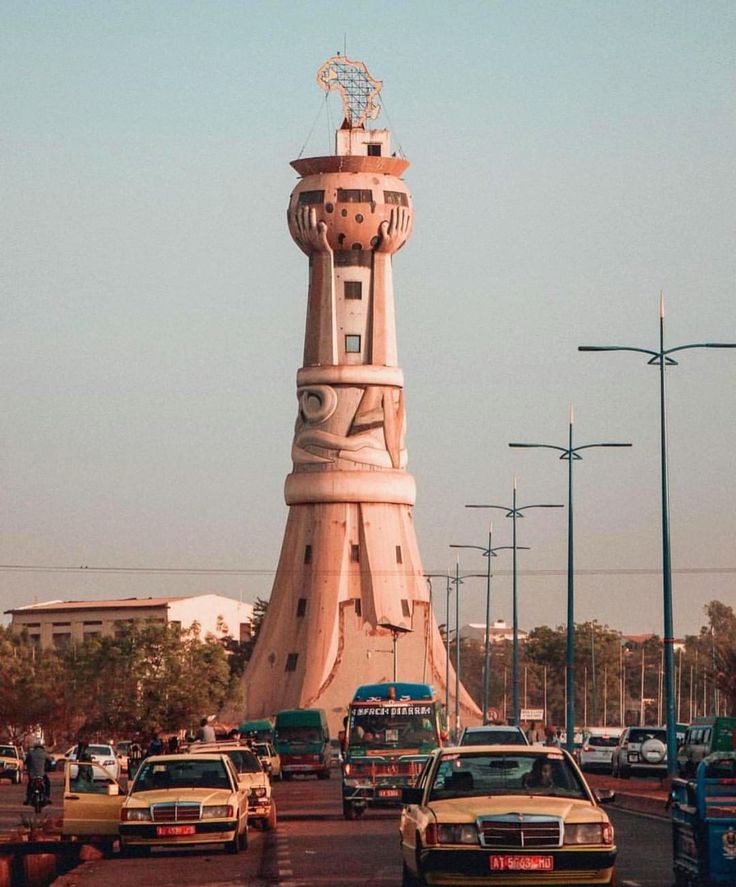
Furthermore, Bamako is the seventh-largest Urban city in the West Africa. It is behind popular cities like Lagos, Abidjan, Kano, Dakar, Accra, and Ibadan. In addition, Bamako is the country’s administrative hub and it is home to Bamako’s river port. It is the main trade center of the country.
Also, manufacturing processes and industries are in the capital city. Manufactured goods like textiles, metal goods, processed meat, and mining, all occur in Bamako.
The entertainment hub of the country is Bamako. Mali is known for its danceable and vibrant music, with music genres like the Malian blues and traditional music. Moreover, many respected artists and musical bands have come out from the capital. Artists such as Ali Farka Touré, Salif Keita, Oumou Sangaré, etc.
In the past 10 years, the capital has been developed to a certain taste of Urbanization. The construction of buildings, shopping malls, roads, and many infrastructure projects targeted at making life easier for the residents.
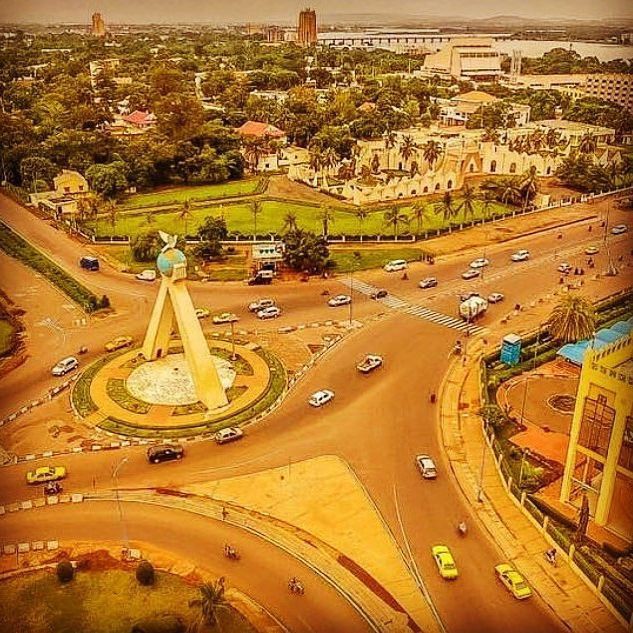
Bamako City is also home to many national institutions. The University of Bamako, the Grand Mosque of Bamako, the National Museum of Mali, and the Modibo Keita International Airport.
Wild Life
The precipitation level in Mali decreases from the south to the north, and so does it correspond with the vegetation in the country. As a result, no vegetation can be found at the extreme end of northern Mali. Kapok, mahogany, and baobab trees are located in the south. In the Sahel Drought-resistant trees like the doum palm and baobab are found.
During the 20th century, overgrazing and repeated deforestation led to the result of desertification of the Sahel desert.
Animals including hyenas, lions, giraffes, antelopes, etc. can be found in the country. Hippopotamuses and crocodiles are in the river. Also, a variety of monkeys different species of birds, and snakes are not left out.
Timbuktu
Timbuktu is one of the oldest cities in Mali. It is located 20 kilometers from the Niger River north. The city is one of the 8 administrative cities in the country.
Furthermore, the visit of Mansa Musa to the city in the 13th century made the city flourish in wealth and power, and it became a key position to the trans-Sahara trade at the time. It also became an Islamic city, which brought Islamic scholars and traders before it became a constituent of the Mali Empire in the 14th century.
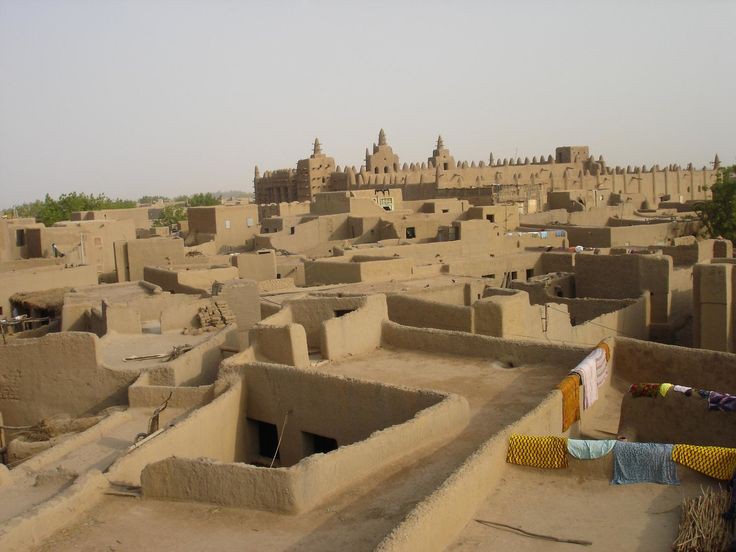
However in recent times, it battled with threats from extremist which led to the destruction if the cultural sites. As a result, the city has faced retrogression ever since.
Conclusion
Mali is a country so rich in history, art an culture. Hope yuou have learned a couple of the majot things about Mali.







